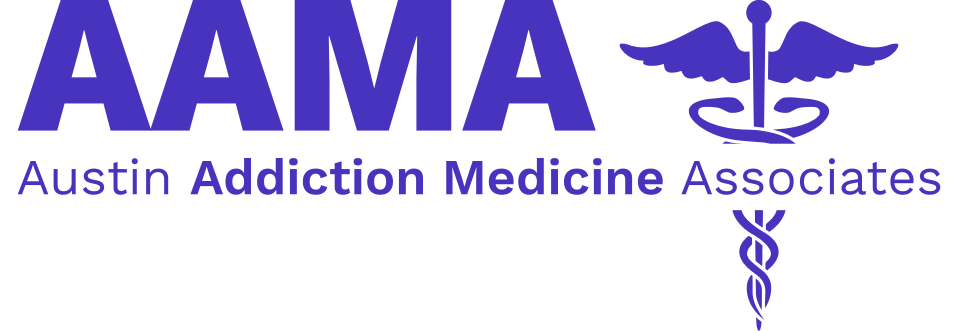The disease of alcoholism and addiction affects the family on several different levels. The addict or alcoholic is affected with a life limiting and potentially life-threatening illness which is guaranteed to rob him of his dignity, material possessions, and personal relationships before it eventually ends in insanity, incarceration, or death. The family of the alcoholic or addict is also affected at a very deep level. Their survival as individuals and as a family is on the line. If one of the parents is afflicted with alcoholism or drug addiction, that parent becomes progressively unable to fulfill their normal roles and responsibilities. Typically, the spouse then steps in to attempt to manage a constantly changing and potentially threatening environment. The stress and fatigue associated with this endeavor is often overwhelming, and it leaves little time to focus on the welfare of the children within the family. The focus of the family becomes the parent’s addiction and the compensatory responses to the addiction, which are necessary to preserve the family as a unit.
Owing to the shame inherent in the disease, the family becomes progressively more isolated and invested in keeping secrets. Unspoken rules evolve which include the following: “don’t talk”, “don’t trust”, and “don’t tell”. The various members of the family become highly invested in manufacturing an appearance for the outside world that does not correlate with their internal reality within the family unit. Because of the imbalance that exists within the family, various members of the family begin to take on roles that are not traditionally their roles. For example, if the husband is the alcoholic, then his wife usually tries to take over responsibility for being the breadwinner along with being in charge of the household. The alcoholic is eventually relegated to the role of “misbehaving child.” In the meantime, the children within the family begin to take on different roles in order to support their mother and her ongoing endeavors to preserve the integrity of the family unit. These roles have been previously described in family systems theory and are briefly discussed here for the purpose of illustration only. Usually, one of the children becomes a “hero child”; he excels in academic or athletic achievements outside the home. Another child, usually the youngest, becomes the” mascot.” The mascot provides comic relief in order to decompress the tensions within the family. Several different roles have been described over time and different individuals within the family can temporarily assume different roles according to the present needs of the family structure. The end result of this compensatory role-playing is the loss of the inherent uniqueness of each individual within the family. Instead of becoming who they were meant to be, the children become caricatures of the roles that they played within the dysfunctional family. The relationship between the husband and wife changes from a mutually supportive marital dyad into an adversarial relationship, which pits the “parent” against the “disobedient child”.
As tension mounts within the family, the pressure to seek a solution to the problem increases. Hopefully, the family will break through the denial that surrounds the disease and acknowledge the primary problem as being that of alcoholism or drug addiction. It is usually at this point that members within the family begin to look outside the family for possible solutions. Fortunately, there is abundant help available to the members of the alcoholic family. There is help, hope, and the prospect of a life filled with joy, happiness, and freedom. The sources of help are numerous and include: Al-Anon, a-12 step program for friends and families of alcoholics and addicts; individual counseling; and marital and family counseling. Since Al-Anon is free and readily available to everyone, it will be the focus of the following remarks. Al-Anon is a 12 step program based on the 12 steps of Alcoholics Anonymous, which little by little, one day at a time, can help people to lead happy and fulfilling lives whether the alcoholic is still drinking or not.
One of the key principles of Al-Anon is the four C’s: “I didn’t cause it, I can’t cure it, I can’t control it, and I don’t need to contribute to it”. This simple recognition of reality results in a great deal of relief for those who are burdened with the idea that they are somehow responsible for the alcoholic’s drinking. Another benefit of Al-Anon, is that it teaches healthy detachment from the behavior and the dysfunction promulgated by the alcoholic or addict. Detachment is defined as the ability to love someone enough to allow them to learn from the consequences of their actions. In other words, the practice of detachment involves giving up the role of enabler or facilitator and allowing the alcoholic or addict to suffer the natural consequences that arise from their behavior. Of course, these ideas are radical departures from the status quo, and it takes some time and practice in order to implement them. Nevertheless, consistent application of the principles of Al-Anon, combined with regular Al-Anon meeting attendance can result in increased serenity and peace of mind. This author would highly recommend that anyone involved in a relationship with an active alcoholic or addict seek out Al-Anon and begin attending meetings. It is suggested that people who are new to Al-Anon, attend at least six meetings in different locations before they decide whether or not it is for them.
The purpose of the aforementioned discussion has been to enlighten the reader with respect to the common manifestations of the family disease of alcoholism. It has also been the intent of this author to instill a degree of hope and insight that did not previously exist. The practice of the principles of Al-Anon is akin to a game of skill– one gets better through repetition of the fundamentals. Al-Anon is free, and the practice of its principles can lead you to a freedom and a peace of mind, which was previously thought impossible.
